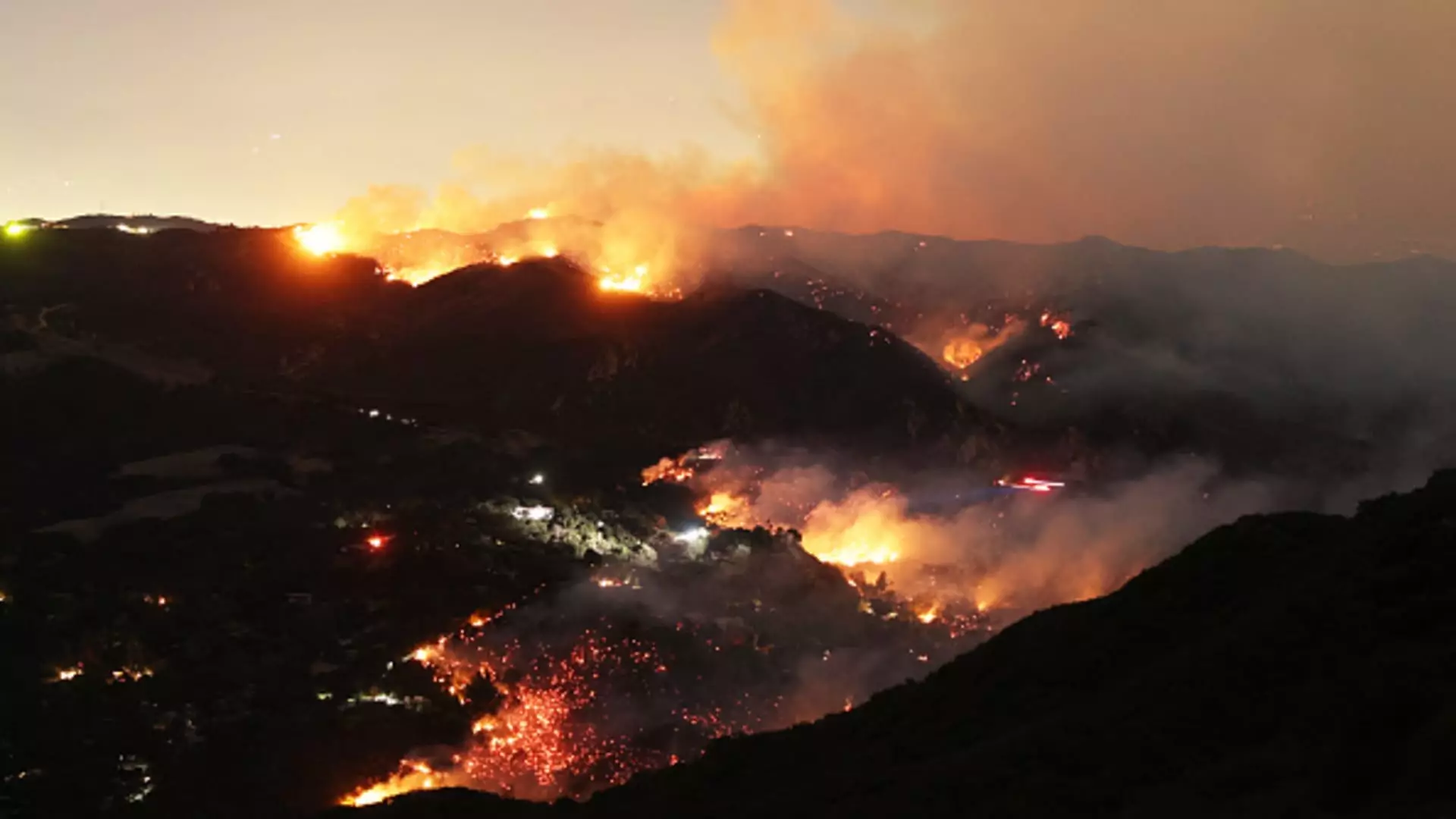Southern California is once again reeling from the devastating impacts of wildfire season, with record-breaking blazes raging through the Greater Los Angeles area for over a week. As firefighters battle relentless flames, the situation has escalated to alarming levels; approximately 40,000 acres have been scorched, claiming over 12,300 structures and instigating widespread evacuation orders for around 88,000 residents. According to financial estimates, the aftermath of these fires could lead to insured losses exceeding $20 billion, with the broader economic impact projected to reach $60 billion, as assessed by major financial institutions like JPMorgan and Wells Fargo.
Life for many residents has dramatically changed in a matter of days, leaving them grappling with the uncertainty of their future. Amidst destruction and chaos, understanding the immediate steps to take can significantly affect recovery efforts.
When faced with such catastrophic events, one of the pressing concerns for fire-affected residents is navigating the insurance landscape. Karl Susman, a well-regarded insurance broker in Los Angeles, emphasizes the urgency of initiating the claims process promptly. He advises, “Get your claim filed as quickly as you can.” For many, the enormity of their losses may feel overwhelming, but it is crucial to begin gathering necessary documentation, even if one does not have all information readily available.
With an expected influx of claims, insurance companies may take longer than usual to process requests. Consequently, the sooner residents initiate their claims, the better the chances of timely assistance. Many might wonder whether to wait until the fires are fully extinguished; however, experts advise that it is not only permissible but beneficial to initiate claims even when the situation remains dire.
Steps for Renters and Homeowners Alike
Both renters and homeowners are vulnerable to the devastating effects of wildfire damage. Several similar steps should be taken regardless of housing status, according to Shannon Martin, a licensed insurance agent. After ensuring safety, it is vital to set up an insurance claim and inquire about “loss of use” coverage with the insurance provider. This coverage can offer invaluable support in securing temporary housing while individuals are displaced, acting as a vital lifeline during an incredibly stressful time.
Martin also highlights the importance of meticulous documentation throughout the recovery process. Keeping a comprehensive record of all receipts, conversations, and activities can streamline claims to ensure maximum reimbursement. People often underestimate the value of thorough documentation, which can drastically improve one’s ability to recover losses.
In addition to standard home insurance, individuals should explore specialized coverages that may help alleviate some of the financial burdens. Douglas Heller, director of insurance at the Consumer Federation of America, points out the utility in additional benefits and coverage under existing policies. If residents lost their vehicles to the fires, they may be eligible for coverage through comprehensive auto insurance, regardless of the vehicle’s parked location prior to the incident.
Furthermore, individuals experiencing severe home loss may be entitled to property tax reductions, depending on damage reports filed through the county assessor’s office. Susman urges residents not to overlook this avenue, stating, “That’s something that people tend to not know or they overlook.”
For residents struggling with the consequences of being underinsured or entirely uninsured, avenues for support may still exist. Recent federal initiatives have provided one-time payments through FEMA, with affected residents able to apply online or through relevant helplines. President Joe Biden announced that nearly 6,000 survivors have already registered for assistance, emphasizing the need for prompt application to access vital support.
Local government workshops are another essential resource available to affected individuals, offering guidance and assistance from both government representatives and insurance professionals. As recovery efforts unfold, participation in these workshops may be crucial for understanding one’s rights and available options.
Amidst chaos and loss, community engagement plays a significant role in recovery. Numerous local charities and nonprofit organizations are actively mobilizing efforts in impacted areas, collecting donations, and providing resources to assist recovery efforts.
As Southern California continues to deal with the fallout of wildfires, providing aid to one another can foster resilience on both the individual and community level. Being informed, prepared, and engaged can significantly enhance individual recovery journeys during such trying times.
The path to recovery from wildfires is fraught with challenges, but with timely action and support, affected individuals can navigate this difficult landscape more effectively.

